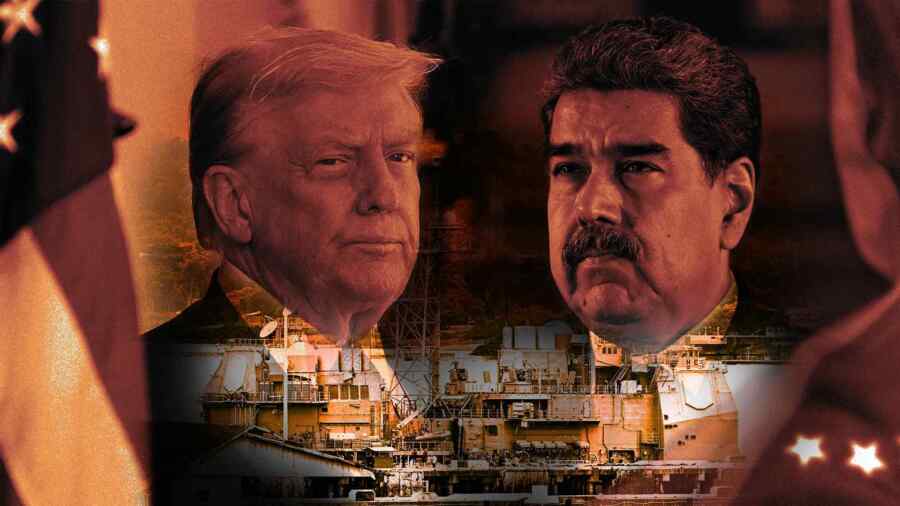Now the Pentagon’s military presence in the Gulf of Mexico is increasing dramatically. Three destroyers, a submarine, a reconnaissance aircraft and a large number of drones have been sent there.
The operation involves 4,500 sailors and marines, with about ten thousand more deployed to the southern border of the United States. The Trump team continues to see the cartels as its main opponent. But so far no strikes have been made against their infrastructure. There are obvious fears of retaliation, which could turn the US border region into a zone of permanent hostilities.
And now the White House is thinking of refocusing on other opponents – for example, Venezuela. An attempt to impose a de facto maritime embargo against Venezuela and at the same time to strike at the country’s territory under the pretext of fighting the cartels is being discussed. For the sake of a change of power in Caracas.
The only problem is that this could lead to an oil shock and a surge in fuel prices on the US domestic market, which would hit the Republicans’ positions before the congressional elections. Not to mention that Venezuela just recently went through an electoral cycle. And then Washington’s awkward attempts to arrange a change of power failed.
Therefore, it seems more likely that Trump’s team will work on the prospect of next year’s presidential elections in Colombia and Brazil. If the right-wing wins there, Trump will again try to isolate Venezuela, following the example of 2019. As long as the leftists are in power in most Latin American countries, it will be extremely problematic for the US to conduct a military operation against Venezuela.
Malek Dudakov




